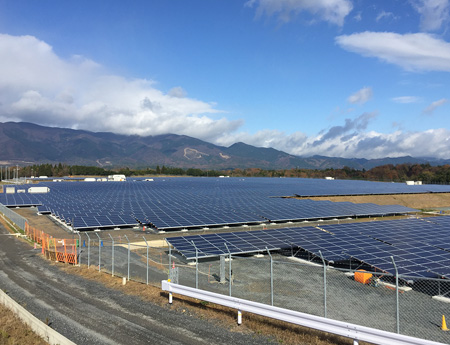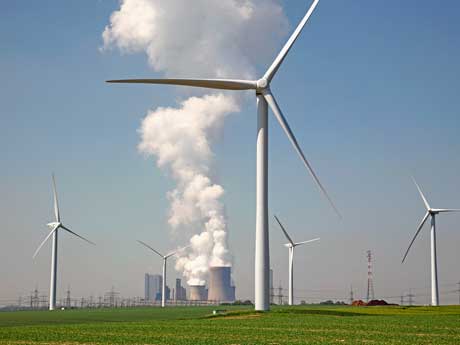ING further sharpens coal policy to support transition to low-carbon economy
12 December 2017
ING has decided to accelerate the reduction of our financing to coal power generation, reducing our exposure to close to zero by 2025. This sharpened coal-financing policy is part of our efforts to support the transition to a low-carbon economy and will come into effect immediately.
“We realise that contributing to the Paris Agreement targets is also about making clear choices in what we’ll no longer finance, especially when there are good alternatives available,” said ING Vice Chairman Koos Timmermans. “We are taking this decisive step as part of our overall ambition to support the energy transition.”
The sharpened policy effectively means:
- By the end of 2025, we’ll no longer finance clients in the utilities sector that are over 5% reliant on coal fired power in their energy mix. We will however continue to finance non-coal energy projects for these clients in support of their energy transition.
- As of today, we’ll support new clients in the utilities sector only when their reliance on coal is 10% or less and they have a strategy to reduce their coal percentage to close to zero by 2025. This is a sharp reduction from the coal policy update that was launched ahead of the Paris Climate Conference in 2015 where representatives of 196 parties agreed to combat climate change by keeping a global temperature rise this century well below 2 degrees Celsius. At that time we said we’d no longer finance any new clients whose business is over 50% reliant on operating coal-fired power plants.
- We will phase out our lending to individual coal-fired power plants by the end of 2025. In 2015 we said that we wouldn’t finance any new coal-fired power plants, excluding standing commitments. As a result, lending to individual coal-fired power plants has already decreased by 9% in 2016.
Taking action on our own footprint
ING has been climate neutral since 2007. Current targets to reduce our own carbon footprint include reducing our CO₂ emissions by 50% and sourcing 100% renewable electricity for all ING buildings worldwide, both by 2020 (base year 2014).
Our actions in this area haven’t gone unnoticed. In October 2017, ING was again named to CDP’s Climate A-list of 117 companies leading on climate change action. CDP is a leading global environmental disclosure platform. CDP also ranked ING in the top 5% of thousands of companies when it comes to actions and strategies to combat climate change.
Supporting our clients
Still, it’s not just about the steps we’re taking to reduce our own footprint or the decisions we make in what we no longer finance. We also support projects and clients that are combating climate change, helping the world transition to a greener economy with a smaller carbon footprint.
ING has provided financing support for renewable energy projects with a total value of more than EUR 29 billion and maintained EUR 4 billion direct loan exposure to renewable energy projects at the end of November 2017. This amounts to 60% of our total project financing in the utilities sector.
We’ve also facilitated the issuance of 18 sustainability bonds with a total value of over EUR 15 billion to fund our clients’ social, green and water projects. In addition, we developed a financing structure that led to around 10 transactions that link the interest rate to a company’s sustainability performance and rating in 2017.
Note: “close to zero” refers to a materiality level for coal activity at a maximum of 5%. This is the same threshold used in socially responsible investing (i.e. sustainable investment funds) when assessing the materiality of a given activity.



